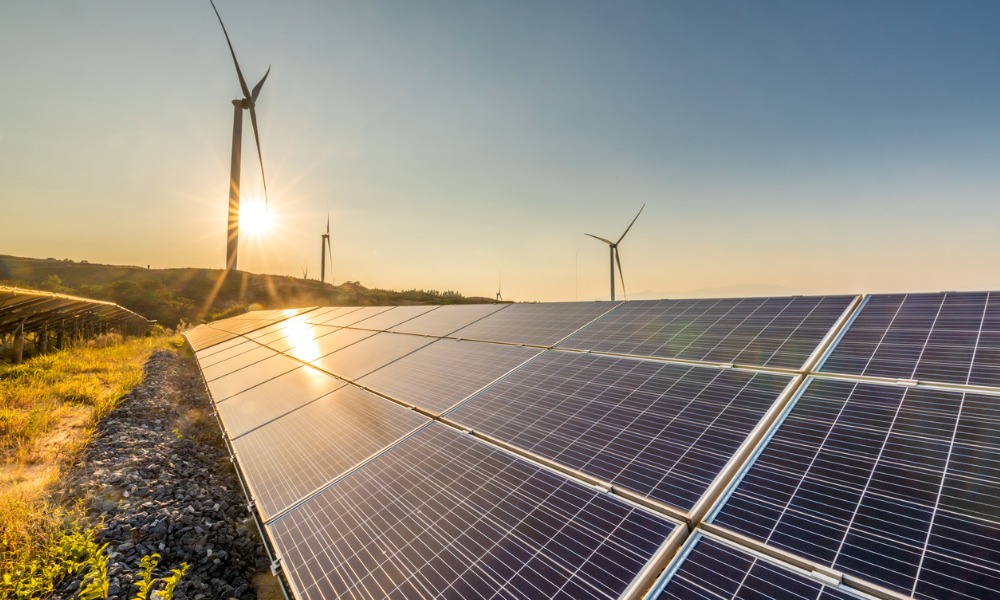Clean energy transition thesis reaped immediate rewards but portfolio manager warns there is no light switch

Clean energy has been catapulted to the forefront of public consciousness in recent months, with Donald Trump’s aversion to climate change prompting a surge in interest and investment now he’s out of office.
New President Joe Biden has made it a key part of his agenda, putting investors on high alert as to the potential of non-fossil fuel energy. Of course, many portfolio managers were on to this before Biden took the oath.
Vivid Capital Management, a private asset management firm focused on the multi-decade transition in global energy and transportation industries began transitioning its Vivid Energy Fund to clean energy in 2019. The strategy has reaped immediate results, yielding 115.9% in returns over 2020, compared to the fund's benchmark, the S&P/TSX Capped Energy Index, which ended the year down 34.6%.
James Bradford, Vivid Capital founder and senior portfolio manager, saw the early signs of a shift in the global energy and transportation industries towards decarbonization and net-zero emissions targets. He began to reposition the Vivid Energy Fund to capitalize on the move towards cleaner, renewable energy, while still maintaining a focus on the present-day opportunities in the traditional hydrocarbons industries.
He told WP he was already “playing” in the solar and battery metals space prior to the transition and could see things were about to pick up materially in those areas, so made them more prominent in the fund.
He said: “Clearly the market had got these EV stocks wrong. Clearly the markets numbers were wrong in terms of revenue. And if you actually began to look at what the long-term forecasts were for these companies, we were just going to need a lot more battery metals than what the market was pricing in. And due to a secular bear market in mining, there was just not going to be enough supply.”
Bradford feels that, as soon as the market comes truly alive to battery metals and solar in four or five years, it’s going to “get really tight” and people are going to start buying stocks. Partly because the mining cycle is so long.
With regards to solar stocks, the portfolio manager used to call them the “solar coaster” because investing was impacted so much by subsidies; they’d rise on a Spain subsidy, for example, and then tank once it ended.
He explained: “It was a bit of a joke because the technology and cost wasn't there yet, so it needed to be heavily subsidized. But what’s happened over the past couple of years is it’s become cost competitive. The cost of solar has dropped anywhere between 85 and 90%.
“They no longer need subsidies at all, so it's going to be a lot less of a joke. You’re going to see much more widespread adoption from investors, and you’re going to see revenue take off and be less lumpy. People will take it a lot more seriously, multiples will go up and that's exactly what happened.”
However, this does not mean fossil fuels are dead; the transition is not 100%. While it’s argued that we need to decarbonize the transportation sector and power production, Bradford said it’s not a light switch and if there’s an attractive entry point, he will buy oil and gas.
He said: “It's not only going to take a long time [to transition] but there are also certain applications where fossil fuels are just going to be very, very difficult to replace, like flight, for example.”
He added: “If you combine that with the fact it's going to take a long time to decarbonize the power production and transportation sectors, it’s going to be a transition and along the way, you're going to use a tremendous amount of hydrocarbons.”



